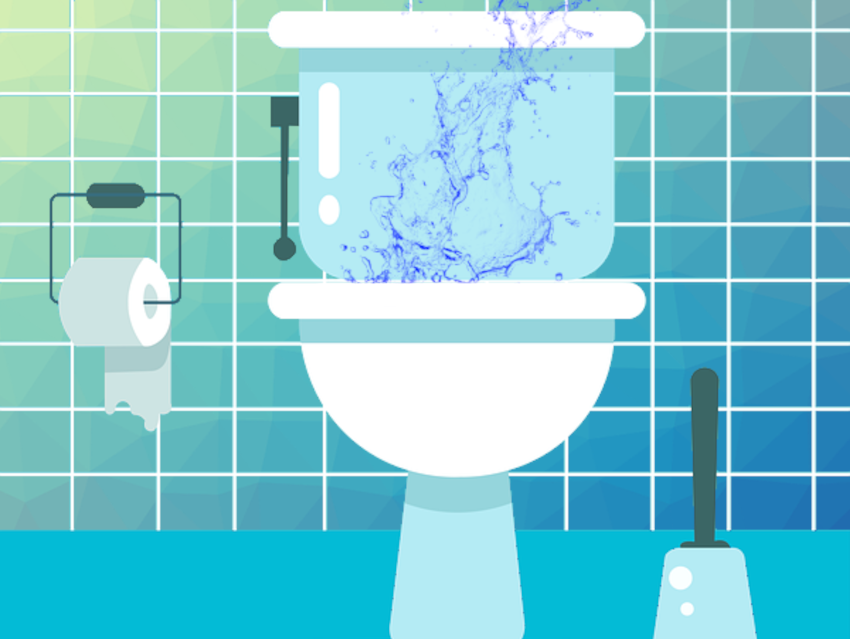Flushing a toilet flings droplets and aerosols into the air. This could contribute to spreading diseases when there are pathogens in the bowl or the residual water. While the transmission of pathogens from fecal matter via an oral route, e.g., by touch or contaminated water, is well studied, detailed investigations of how aerosols spread are limited. A closed lid can help to curb the spread of droplets and aerosols, but toilets in commercial or public settings often do not have lids.
John P. Crimaldi, University of Colorado, Boulder, USA, and colleagues have visualized and measured the movement of plumes of droplets and aerosols generated by flushing commercial-type toilets often used in North America. The team used a green laser to create a thin light sheet that illuminates a vertical plane above the toilet. The plume scatters this laser light, which can be captured by a camera filming from the side. The team captured both videos and still images. A slow shutter speed was used to capture motion blur and get an idea of the velocity of the droplets in the still images.
The team found evidence of rapidly spreading plumes with chaotic and turbulent motion, which were ejected upwards and toward the back wall behind the toilet. The approximate outer edge of the plume can rise to a height of over 1.3 m within 7.5 s. Due to the chaotic nature of the movement, there are variations between flushes. To judge whether this plume could expose humans to pathogens directly, the researchers used an optical particle counter to measure the sizes and quantity of aerosol particles both over the toilet bowl and in front of the toilet at about head height. They found increased particle counts in all tested locations after about 30 s to 1 min.
According to the team, the visualizations they created could be particularly useful for public health messaging. In addition, toilet designs could be changed to minimize the upward trajectory of the aerosol.
- Commercial toilets emit energetic and rapidly spreading aerosol plumes,
John P. Crimaldi, Aaron C. True, Karl G. Linden, Mark T. Hernandez, Lars T. Larson, Anna K. Pauls,
Sci. Rep. 2022.
https://doi.org/10.1038/s41598-022-24686-5




